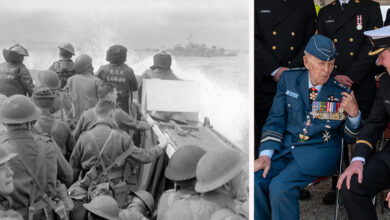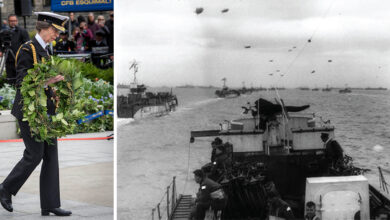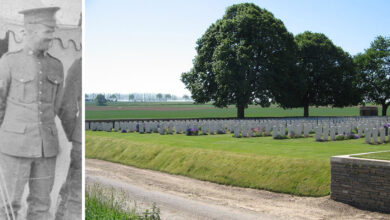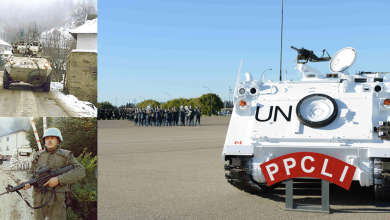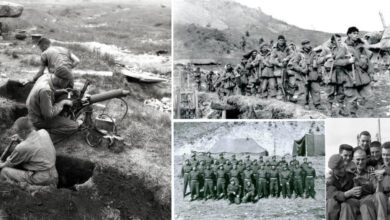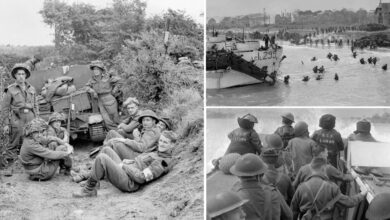History
The Battle of Amiens remembered
The Battle of Amiens is said to have set the tone for the last 100 days of the First World War. General Erich Ludendorff described it as “the black day of the German Army.” A hundred years ago on August 8 at 4:20 a.m., all four divisions of the Corps began their descent on the German Army behind the protection of smoke, shrapnel, and poisonous gas.
This particular battle was planned in great detail and secrecy by Field Marshal Haig. The plan called for a combined infantry and tank approach to breaking the German lines. Without telling anyone, the Canadian Corps was moved to the front of the battle lines to disguise any hints an attack was about to occur.
The Battle of Amiens was said to have been quick and brutal, knocking out most of the German’s artillery pieces while continuing to deal with machine gun nests perched along the German defensive line. By the end of the day, the Canadian Corps had reached 13 kilometres of their 20-kilometre stretch, and the battle began to slow down.
In total, the battle claimed the lives of 1,036 Canadians, another 2,803 injured, and 29 taken hostage. More than 19,000 Allied soldiers were either killed or , and the Germans lost more than 26,000 soldiers. The Canadian Corps captured 5,033 prisoners and over 150 guns.
While the Battle of Amiens was a bloody one, it was an overall success for the Canadian Corps. According to The Vimy Foundation, the victory at Amiens can be attributed to:
• Coordinated infantry, tank, artillery, and air attacks on the enemy, making use of all the technological advances of the war in high concentration;
• Continued use of counter-battery work, including sound ranging and aerial intelligence to knock out located artillery pieces before they could be used;
• An extremely fast creeping barrage, which advanced at 200 metres per minute, allowing the Corps to proceed at a run towards their targets, overwhelming the defensive lines.
Ten Corps soldiers received Victoria Crosses as a result of this battle. Most notably:
• Jean Brillant, 22 Battalion (Van Doos). Also a recipient of the Military Medal, Brillant led his company against machine gun nests on three separate occasions and was wounded three times. He died as a result of his wounds on August 10, 1918;
• Cpl Herman Good, 13th Battalion, single-handedly captured a German machine gun nest. Later the same day, he organized the capture of three German artillery pieces. He survived the war, then working as a fish and game warden;
• Srgt Robert Spall, PPCLI, provided cover for his platoon with a Lewis gun, allowing them to escape, before he died on August 13, 1918.
Founded in 2006, The Vimy Foundation seeks to preserve and promote the legacy of the First World War, symbolized by the victory at Vimy Ridge in April 1917. They carry out their message and awareness through educational programs, both domestic and overseas; handing out souvenir items like pins and Pilgrimage medals; promoting a greater recognition of April 9 as Vimy Day; planning events for the 100th anniversary of Vimy Ridge in 2017; and working to increase understanding for visitors at Vimy through fundraising for the Vimy Visitors Education Centre on the site of the Vimy Memorial.
To continue the legacy of Vimy Ridge, the foundation focuses on educating the Canadian youth. As of late, The Vimy Foundation has been able to train thousands of young Canadians on our First World War history, and plan to do so for generations to come. They’ve also successfully lobbied for:
• Government to hold the public commemoration for the last First World War soldier on Vimy Day 2011;
• The Vimy Memorial to be placed on the new $20 bill;
• Governments across the country to lower their flags on Vimy Day;
• Hosted gala events across the country celebrating Vimy Day.
They firmly believe the key to a prosperous future, “lies in knowing one’s past.”





